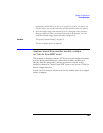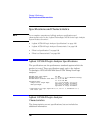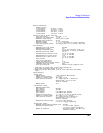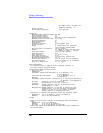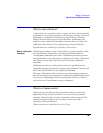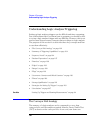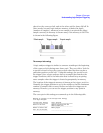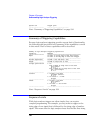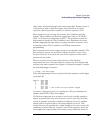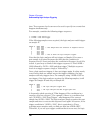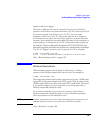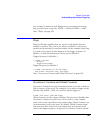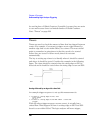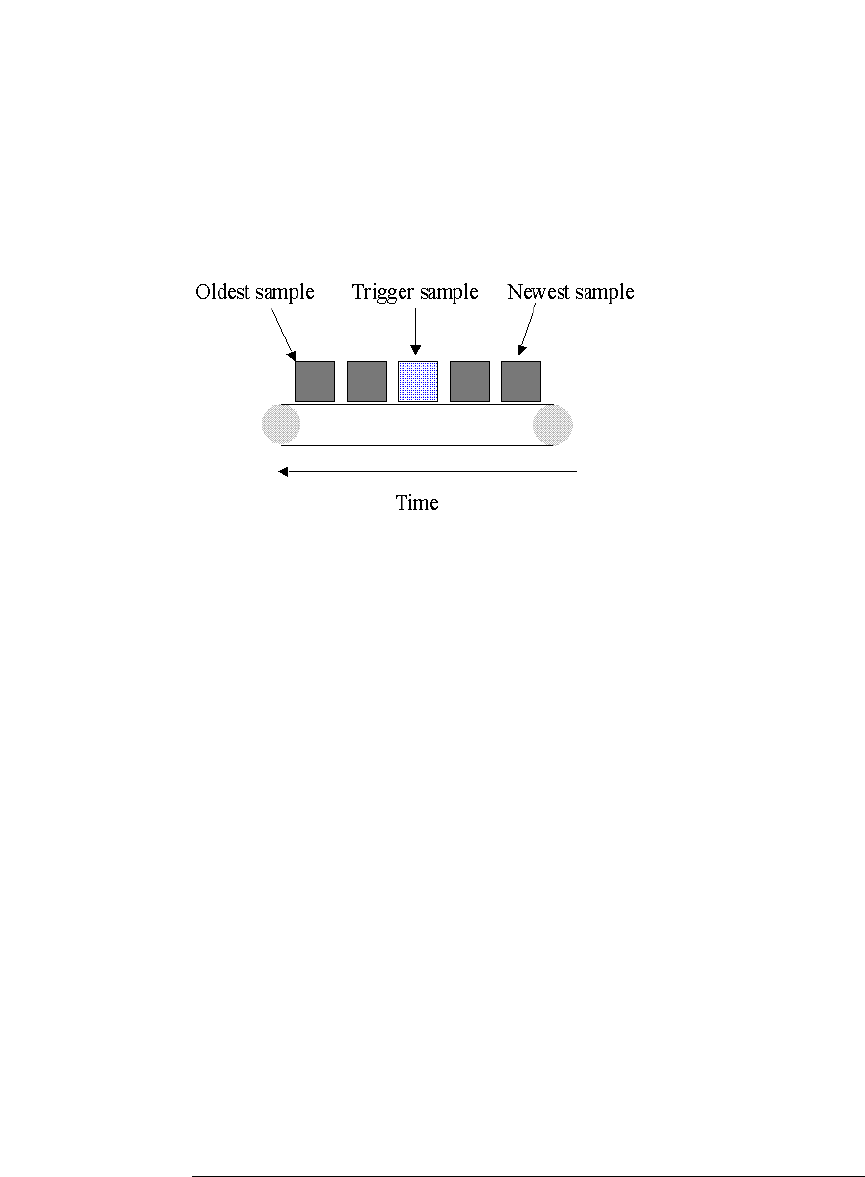
193
Chapter 4: Concepts
Understanding Logic Analyzer Triggering
placed on the conveyor belt, and at the other end the boxes fall off. In
other words, because logic analyzer memory is limited in depth
(number of samples), whenever a new sample is acquired the oldest
sample currently in memory is thrown away if the memory is full. This
is shown in the following figure.
The conveyor belt analogy
A logic analyzer trigger is similar to someone standing at the beginning
of the conveyor belt placing more boxes on it. They are told to “look for
a special box and to stop the conveyor belt when that box reaches a
particular position on the belt”. Using this analogy, the special box is
the trigger. Once a logic analyzer detects a sample that matches the
trigger condition, this is the indication that it should stop acquiring
more samples when the trigger is located appropriately in memory.
The location of the trigger in memory is known as the trigger position.
Normally, the trigger position is set to the middle so that the maximum
number of samples that occurred before and after the trigger are in
memory. However, you can set the trigger position to any point in
memory.
The concepts in this analogy are summed up in the following table.
Mapping of concepts in the Conveyor Belt Analogy
to a Logic Analyzer
Conveyor Belt Analogy Logic analyzer
===================== ==============================
Boxes on the belt Samples acquired from the
device under test
--------------------- ------------------------------
Number of boxes that Memory depth
will fit on the belt
--------------------- ------------------------------



